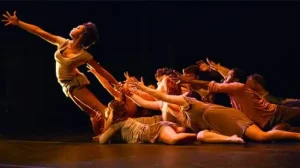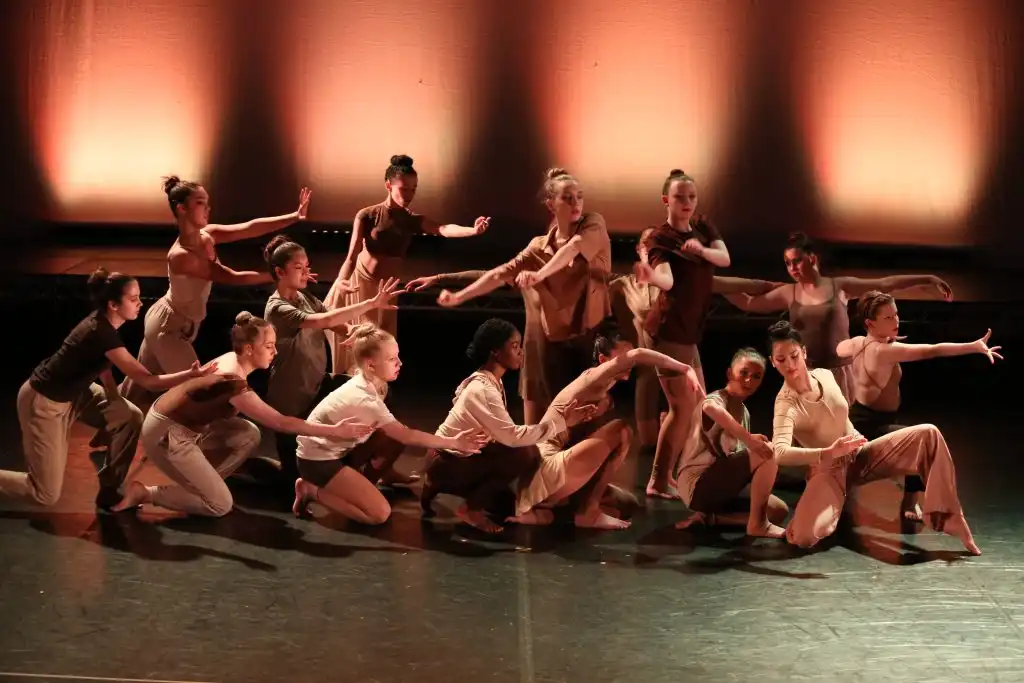Contemporary dance occupies a special place in the performing arts — a style that honors technique while embracing freedom of expression. Unlike genres bound by tradition, it blends precision with creativity, inviting dancers to move beyond steps and into the realm of personal storytelling.
In this article, we’ll examine what truly makes contemporary dance unique, from its deep technical roots to its emotional and creative possibilities.
The Technical Foundation
Contemporary dance borrows heavily from multiple dance traditions, including ballet, modern, and jazz. This fusion creates a versatile technical foundation that demands strength, balance, and flexibility.
 Many dancers start with ballet or modern training before transitioning into contemporary, as these disciplines instill essential skills like body alignment, control, and coordination. However, contemporary technique also allows for movements outside these rules — falls, off-balance shapes, and weight-sharing that break away from strict classical lines.
Many dancers start with ballet or modern training before transitioning into contemporary, as these disciplines instill essential skills like body alignment, control, and coordination. However, contemporary technique also allows for movements outside these rules — falls, off-balance shapes, and weight-sharing that break away from strict classical lines.
Emphasis on Individual Expression
One of the most distinctive features of contemporary dance is its focus on individuality. While dancers may perform the same choreography, each interpretation can feel different. This happens because contemporary movement is often designed to reflect a dancer’s personal style and connection to the theme.
For example, in a piece exploring grief, one dancer might portray quiet stillness while another channels explosive, physical gestures. Both can be valid and powerful.
The Role of Improvisation and Exploration
Improvisation is not just a rehearsal exercise — it is part of the creative DNA of contemporary dance. Choreographers often use it to develop new movement phrases, encouraging dancers to experiment with rhythm, space, and texture.
This process pushes boundaries, leading to innovative sequences that might never emerge from pre-planned choreography. Improvisation also trains dancers to respond instinctively to music, partners, and the energy of the moment.
Emotional Depth and Storytelling
Contemporary dance often prioritizes emotion as much as — or more than — technique. Choreographers encourage performers to embody the emotional tone of a piece, whether it’s joy, anger, loss, or hope.
This is where contemporary stands apart from purely technical forms: the movement serves as a direct line between inner feeling and outward expression. Audiences may not always understand the exact “story,” but they can feel the emotional truth.
Freedom in Music and Setting
In contemporary dance, music can be anything — or nothing at all. Pieces may be performed to live instruments, recorded tracks, spoken word, or silence. This flexibility allows choreographers to pair movement with unconventional soundscapes that enhance the emotional impact.
Similarly, contemporary dance can adapt to many performance spaces, from traditional theaters to outdoor plazas, making it accessible to broader audiences.
Fusion with Other Art Forms
Contemporary dance is often in conversation with other creative disciplines. It might incorporate multimedia projections, spoken text, visual art installations, or interactive audience participation. This fusion not only enriches the dance itself but also deepens the audience’s sensory experience.
Conclusion
What makes contemporary dance unique is its ability to balance the discipline of technique with the freedom of personal expression. It invites dancers to be storytellers, not just technicians, and allows audiences to connect on both a visual and emotional level.


